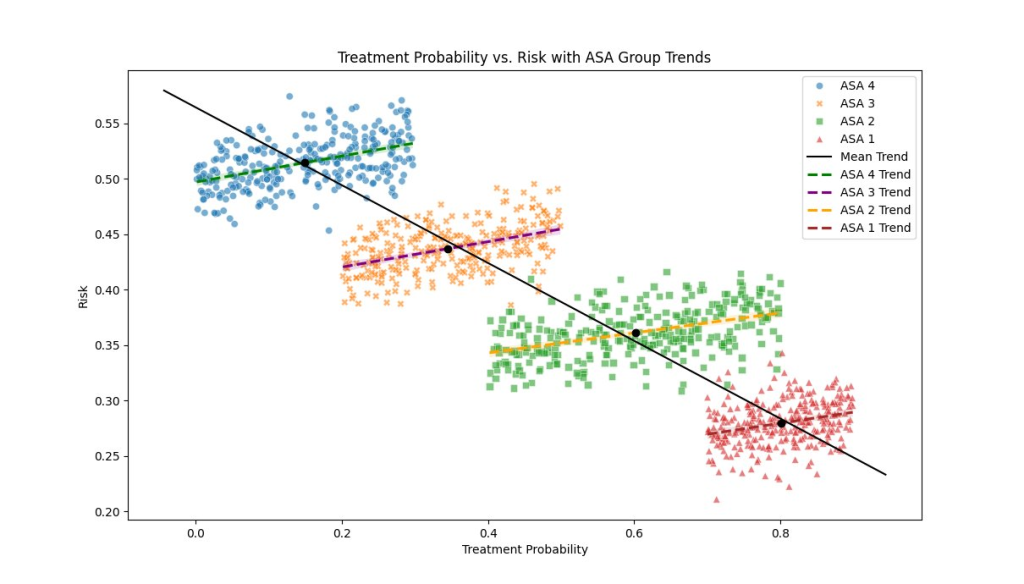Microworkshop causality for committed health scientists and wandering science journalists.
Can a study of the effect of a vaccine that (say hypothetically) actually gives a greater chance of mortality regardless of cause of death, by not correcting for the "healthy vaccine effect" give the appearance that it protects against mortality regardless of cause of death?
The RIVM researchers were already surprised by a 50% risk reduction in an outcome for which the vaccine was not even designed and attribute that result to the aforementioned effect. See the clipping from the study. However, this fact was ignored in many RIVM and CBS communications and in the newspapers, but it is crucial.
The "healthy vaccine effect" means that people with a healthy lifestyle are more likely to take a vaccine and that people with a short life expectancy or an unhealthy lifestyle are more likely to miss a vaccine or not even get it. The diagram shows how "health" influences the choice or opportunity for the "treatment".
If you don't correct for this "health" factor, you don't know to what extent this factor influences the perceived effect of the "treatment", in this case vaccination. And that can lead to incorrect overestimation of the "treatment" effect, as the RIVM researchers also note in the study, or – and this cannot be ruled out at the moment – even to a completely reverse interpretation.
In the graph of a simulation, I have divided health status into four groups, analogous to the ASA classification of anaesthetists. Other classifications are possible, of course, but it's just about the idea.
In this example, the scale varies with ASA 1 to ASA 4 from healthy people to people with poor health and a short life expectancy. The x-axis shows the probability of taking a vaccine, the y-axis shows the risk (e.g. mortality).
In aggregate form, so if you omit the classifications mentioned above, you see a downward trend and an association of vaccination with a reduction in risk. But that picture can just as easily emerge – see also the RIVM clipping – by the aggregated risk profile and the aggregate willingness to vaccinate. However, it cannot be ruled out that if you do correct for health status and the associated "healthy vaccinee effect", you will see in the differentiated groups that vaccination is actually associated with a higher risk of mortality. You don't have to, but if it does, you won't see it in the methodology with aggregated data regarding health status, the methodology applied by the RIVM.
In conclusion: If you don't correct for the so-called "healthy vaccine effect", you don't know whether you are accidentally camouflaging for a counterproductive effect that only becomes visible if you do.
The hasty and ambitious claims circulated by the PR departments of Statistics Netherlands and the National Institute for Public Health and the Environment (RIVM), namely that vaccination reduces the risk of mortality regardless of the cause of death, has no basis in the RIVM study and therefore does not hold water. The investigation does not meet the minimum conditions of a causal investigation and such causal claims are therefore completely inappropriate.
In view of the above, it is therefore still not excluded that the vaccination campaign could have contributed to excess mortality.
© @dimgrr (Follow him!)





In my opinion, everything stands or falls with the definition of "vaccinated". At the very least, there should be a 3rd category with "recently vaccinated", where you can still argue about the question after how many weeks you count as "vaccinated". In the UK, this has been handled much more precisely (ONS) – the period shortly after the next jabs can also be abnormal.
If one insists on sticking to two groups, it would be interesting if CBS and/or RIVM would present the data in different ways: vaccinated vs unvaccinated and "one or more weeks after vaccination" vs "unvaccinated OR vaccinated less than n weeks ago".